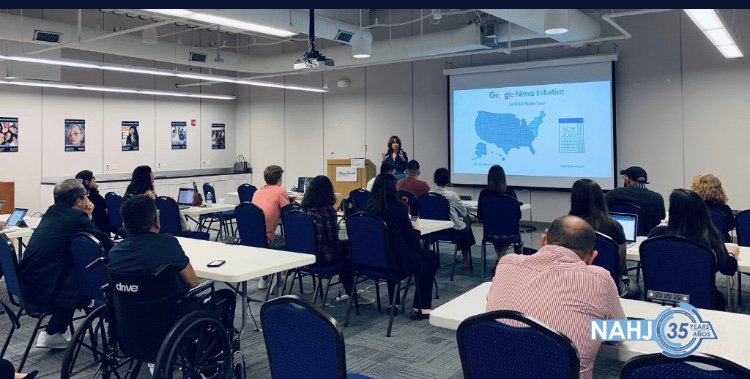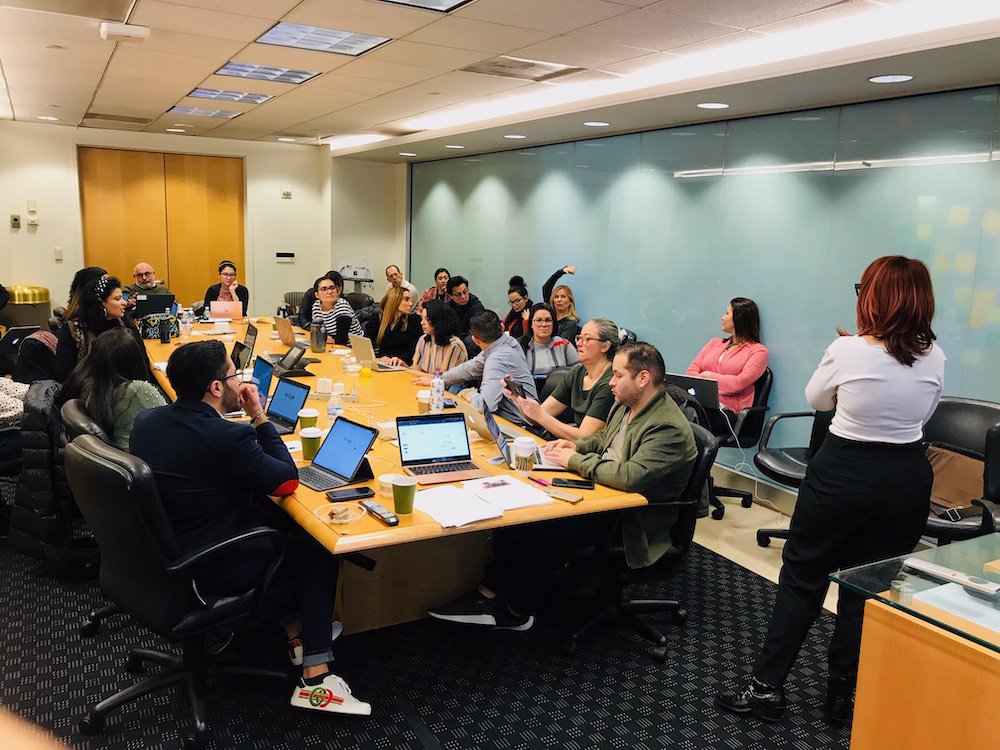Supporting Latino perspectives in news media
For David Peña, Jr, executive director of the National Association of Hispanic Journalists (NAHJ), representation is essential. NAHJ’s mission, he says, is to 'Include more Latinos in the news and more Latinos in news as journalists.' The organisation provides professional development and networking opportunities for working and student Latino journalists, with more than 4,000 members based in the US, the Caribbean and Central America. 'We advocate for more Latino inclusion in newsrooms to provide stories, perspectives and an accurate and honest representation of the Latino community,' Peña says.
One challenge that Spanish-language journalists face is the spread of misinformation in the Latino community. 'How do we bring good journalism without the right training?,' says NAHJ Director of Training and Membership, Yaneth Guillen. 'A small, Spanish-language newsroom in New Mexico, for example, doesn’t have the resources to provide training to journalists.'
In addition, as the media continues to evolve – and journalism becomes more dangerous – 'journalists go through a second-degree of trauma covering certain stories,' Guillen notes. In response, the NAHJ plans to provide not only technical training to journalists, but other programming in support of their mental health and overall well-being.
In Autumn 2019, the NAHJ partnered with the Google News Initiative to provide training in digital reporting, fact checking and data-analysis tools ahead of the 2020 US presidential election.








